Robert McKimson
Born in Denver, Colorado, McKimson spent ten years getting an art education. He then went to work for Walt Disney. He stayed with Disney's studio for two years and then went to work for the Romer Grey Studio located in Altadena, California, a would-be animation shop started by the son of Western author Zane Grey, and financed by Zane Grey's wife. Several cartoons were animated at the Romer Grey Studio, but due to the ruin of Grey's fortunes after the Wall Street Crash of 1929, none were ever released. Most never made it to camera.
After the Romer Grey Studio shut down, McKimson was hired by Hugh Harman and Rudolf Ising, first doing the ink-and-paint duties for the very first Looney Tunes, then becoming inbetweener before becoming an animator by 1931. At that time he had an accident that gave him a concussion. As a result, he was able to visualize better, thus increasing his production and animation. He was the head animator and go-to guy in the late 1930s at the studio, which overwhelmed him. Eventually he worked exclusively with Bob Clampett. He was offered a directorial position by Leon Schlesinger in 1937, but declined, allowing the position to go to animator Chuck Jones. He accepted his own directorial position in late 1945, when Frank Tashlin left Warner Bros. to direct live-action films.
McKimson created characters like Foghorn Leghorn and the Tasmanian Devil, as well as directing every Hippety Hopper/Sylvester pairing. He also created Speedy Gonzales for the 1953 short Cat-Tails for Two and directed many others periodically (along with Freleng and other directors) for the remainder of his theatrical career.
McKimson's first directorial work, Daffy Doodles (at least his first released directorial work, though it was for the most part a Frank Tashlin cartoon; he cut his actual directorial teeth on a Seaman Hook wartime cartoon for military audiences in 1944), wherein Daffy draws moustaches on all the pre-drawn (and even some natural) faces in his sight, was released in early April 1946.
In 1953, the Warner Bros. cartoon studio laid off most of its staff for a period of six months. After the studio reopened, Freleng and Jones quickly re-assembled their respective units, but McKimson discovered every member of his previous team, apart from writer Tedd Pierce and background painter Dick Thomas, refused to work with him again. At the start of this period, McKimson animated on three of his own shorts, The Hole Idea, Dime to Retire, and Too Hop to Handle. (in fact, he was the sole animator credited on The Hole Idea) Soon, McKimson assembled a new team of artists, including layout man/background painter Robert Gribbroek and animators Warren Batchelder, Ted Bonnicksen, and George Grandpre. Tom Ray, Russ Dyson, and Keith Darling helped at various points.
McKimson soldiered on at Warner's cartoon studio as it began to lose people (including Jones) in 1962. Over this time, he directed his share of shorts and worked on the feature The Incredible Mr. Limpet. After the studio closed, he joined DePatie-Freleng Enterprises, co-owned by his old associate Friz Freleng and David H. DePatie, who had been a producer at the Warners studio. At DePatie-Freleng, McKimson directed several The Inspector shorts and worked on some of the Looney Tunes and Merrie Melodies contracted out to DePatie-Freleng by Warner Bros. In 1967, Warner opened its animation studio again; McKimson went back in 1968 and stayed until the animation studio shut down again in 1969. His last Warner Bros. cartoon was Injun Trouble with Cool Cat. Injun Trouble was also the last of the original Looney Tunes or Merrie Melodies cartoon to be produced before the Warner Bros. cartoon studio was closed. McKimson was the one person to be at the studio from the start of the Looney Tunes series through its finish in 1969, first as an animator and then as a director.
-
Baseball Bugs - Dave Cone
-
Baseball Bugs - Benny Agbayani
-
Baseball Bugs - Charles McKimson and Tom McKimson
-
Baseball Bugs - Dave Winfield
-
Baseball Bugs - Eddie Murray
-
Baseball Bugs - Frank Robinson
-
Baseball Bugs - George Brett
-
Baseball Bugs - Jim Palmer
-
Baseball Bugs - Nolan Ryan
-
Baseball Bugs - Paul Molitor
-
Baseball Bugs - Ralph Kiner
-
Baseball Bugs - Robin Yount



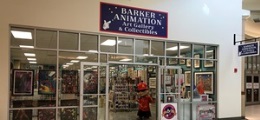

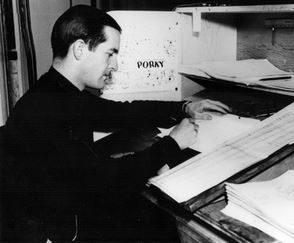
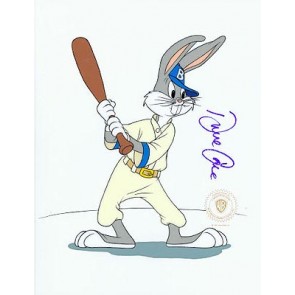
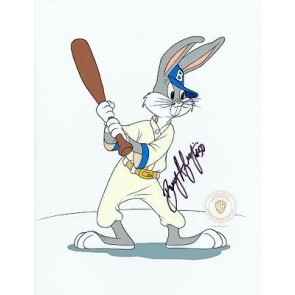
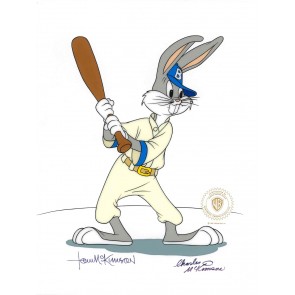


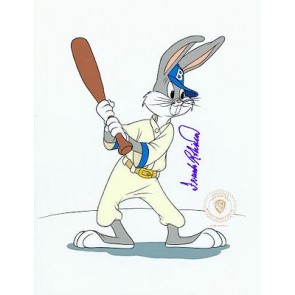
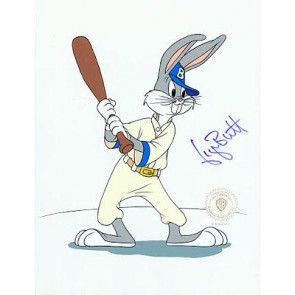
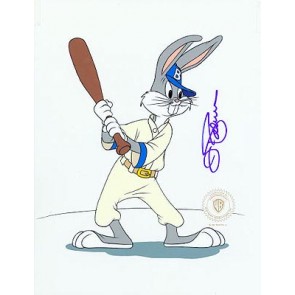
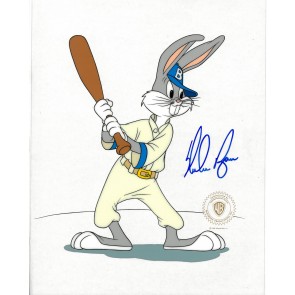
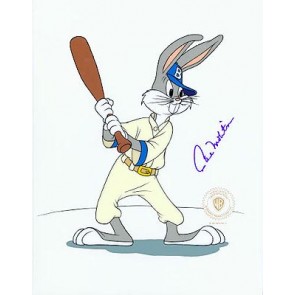
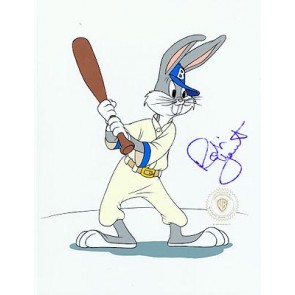

